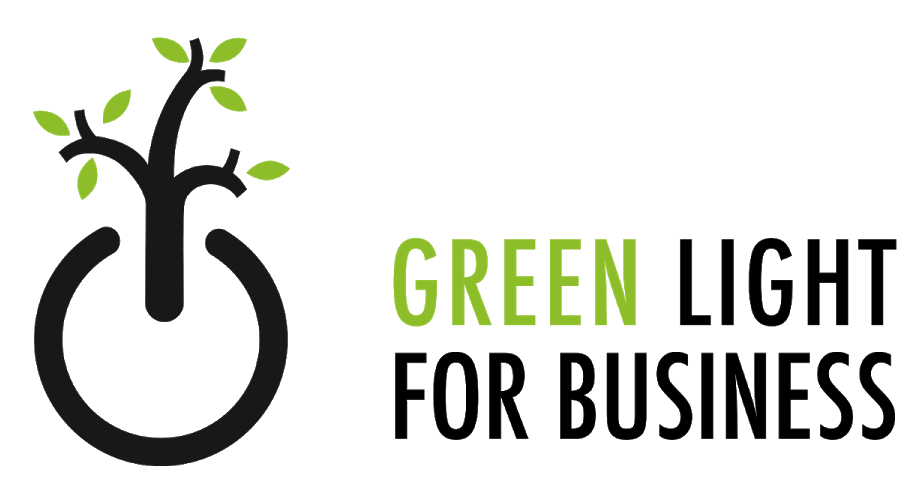During the 1980’s the world underwent a series of changes known as the Third Wave of globalization. Since the 80’s and up to the present day we have witnessed an unbundling of production networks. In the past most manufacturing stages took place in the same location, however, nowadays we can see that this is no longer true. Look at bicycles for example, one of Trek’s top carbon road bikes can cost you around 12,000 Euros. For this price you would expect the American firm to build most of its components in the U.S., however, unsurprisingly most components are built elsewhere to keep costs down. Carbon frames for example are mostly built in Asia.
Environmental Impact of Global Value Chains
This meteoric rise of global value chains has meant that most products pass through various countries for different stages of production before becoming finished products. According to the OECD GVCs currently account for around 70% of international trade. This extremely high figure comes as the result of countries being able to leverage their comparative advantages due to falling costs of transportation and communication. GVCs have promoted economic growth across the world and improved efficiency, nonetheless, they have had very deep consequences for the environment and we will now discuss them.
Firstly, GVCs have led to an increase in carbon dioxide emissions due to the intensive use of transportation. As we previously mentioned, GVCs account for 70% of international trade, in addition, maritime transportation accounts for around 3% of global emissions of CO2 which goes to show the degree of impact that the increase in long distance transport due to GVCs has on the environment.
Secondly, we have that GVCs enable carbon leakage. As offshoring production has become constantly easier, many companies based in countries with stringent environmental laws have relocated to countries with less rigorous environmental laws. Carbon markets such as the one currently being implemented by the EU aim to decrease this phenomenon by making imports pay for the carbon footprint created during production, but they still are at a developmental phase so their effectiveness is still low.
How can we Mitigate the Impact of Global Value Chains?
Considering the environmental impact GVCs have, we acknowledge that the increase in trade created by them is beneficial for countries worldwide. This is precisely why we must look for policies to make GVCs more sustainable. In the following section we will delve into some of the alternatives.
Global value chains (GVCs) have brought undeniable advantages to the global economy. They have allowed countries to specialize in stages of production where they are most efficient, boosting productivity, lowering costs, and enabling access to a wider variety of goods and technologies. Developing economies, in particular, have benefited through integration into GVCs, attracting foreign investment, creating jobs, and gaining access to international markets and know-how. For consumers, the result has been lower prices and greater product diversity, while firms have been able to innovate faster by sourcing components and ideas from around the world.
Because GVCs have also led to increased emissions, resource depletion, and waste, governments and international organizations are now introducing regulations to make them more sustainable. Policies such as the EU Carbon Border Adjustment Mechanism (CBAM) aim to reduce carbon leakage by ensuring imported goods face the same carbon costs as those produced within the EU. Similarly, initiatives like the EU’s Deforestation Regulation and the Ecodesign for Sustainable Products Regulation push companies to improve traceability, reduce environmental harm, and design longer-lasting, lower-impact products. However, outside of the EU, environmental regulations are often fragmented or poorly enforced.
China offers a clear example of how uneven regulation within a country can undermine sustainability goals in global value chains. Over the past decade, the Chinese government has introduced ambitious national policies to reduce pollution and carbon emissions, such as regional emission trading schemes and the national carbon market launched in 2021. However, enforcement remains inconsistent. Wealthier coastal provinces like Guangdong and Jiangsu tend to implement stricter environmental standards, while inland regions often have weaker oversight and fewer resources to monitor compliance. As a result, many pollution-intensive industries, such as steelmaking, cement, and chemicals, have shifted operations inland to provinces with looser enforcement, lower energy prices, and more lenient local authorities. This relocation reduces pollution in regulated regions but does little to cut total emissions nationwide, effectively displacing rather than solving the problem. Studies have found that this “pollution haven” effect within China contributes to regional inequality, environmental degradation in poorer areas, and ongoing difficulties in aligning industrial growth with national climate objectives. Strengthening cross-provincial coordination and standardizing enforcement mechanisms are therefore essential if China is to make its domestic value chains more sustainable and avoid internal carbon leakage.
In conclusion, global value chains are here to stay. They raise living standards while scattering emissions across borders. The task is to decarbonize trade: price carbon fairly, require traceability, enforce rules evenly, and invest in clean power, cleaner materials, and greener transport. With finance and technology for developing countries, GVCs can shift from conduits of pollution to engines of decarbonization. Openness and climate action can move forward together.
Written by Gian Paolo Cecchini and Mario Di Salvo
References
https://allamerican.org/investigation/trek
https://www.oecd.org/en/topics/global-value-and-supply-chains.html
https://link.springer.com/article/10.1007/s44312-023-00001-2 https://taxation-customs.ec.europa.eu/carbon-border-adjustment-mechanism_en




